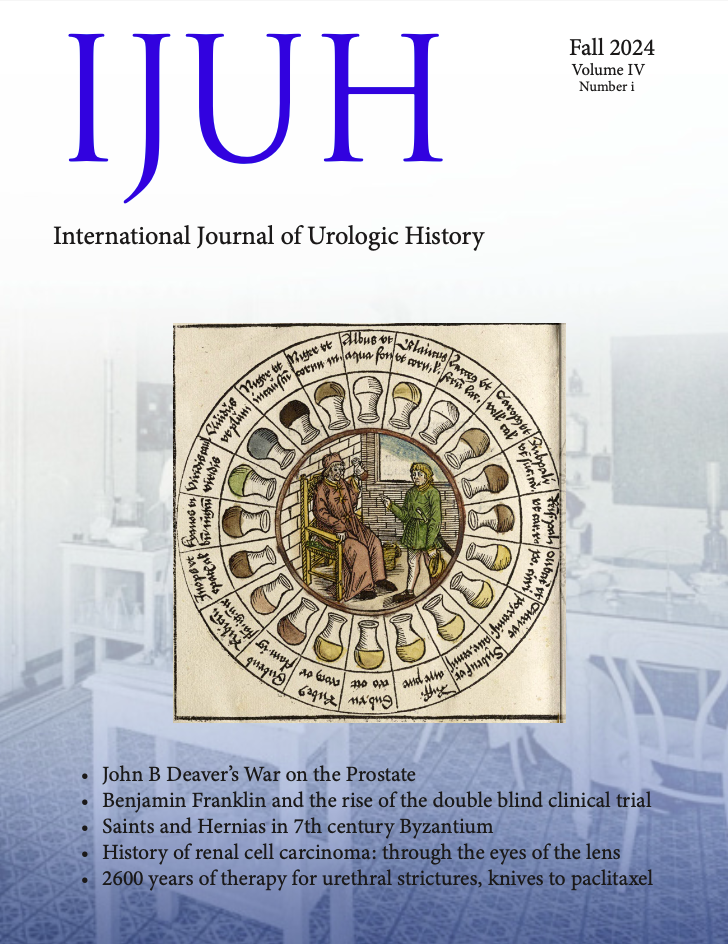A History of Renal Cell Carcinoma through the pages of Robbins Pathology and Campbell’s Urology
Abstract
Introduction
The understanding of renal neoplasia, carcinogenesis, and the classification of kidney tumors has been a journey of misadventure. Struggles included identifying the cell of origin, differentiating benign from malignant tumors, and subclassification. We investigated how the changing landscape of renal neoplasia was incorporated into medical textbooks with a focus on Robbins Pathology and Campbell’s Urology.
Sources and Methods
A PubMed search was performed using the terms “renal cell carcinoma” and “hypernephroma”. Articles highlighting landmark discoveries of renal tumors were evaluated. A review of medical texts including Robbins Pathology and Campbell’s Urology was conducted to establish the incorporation of scientific discoveries into the popular medical literature.
Results
The first mention of a tumor of the kidney occurred in 1613 but medical texts lagged for scientific discoveries by years both in pathology and urology. Case reports of renal tumors were described sporadically in the 1800s but are not mentioned in the 1889 “Pathology and Morbid Anatomy”. “Young’s Practice of Urology” (1926) illustrated the uncertainty as to the unknown origin of kidney cancers. Definitive evidence of RCC arising from renal parenchyma occurred in 1959. The adrenal origin theory was finally rejected by Campbell in 1963 and by Robbins in 1979. Papillary RCC was recognized as a separate entity from clear cell RCC in 1976 but detailed histopathologic subclassification of RCC did not occur until the late 1990s.
Conclusions
Renal tumors progressed from one category to more than a dozen established entities. As we continue the ongoing quest to understand renal tumors, Dr. Young’s comm
